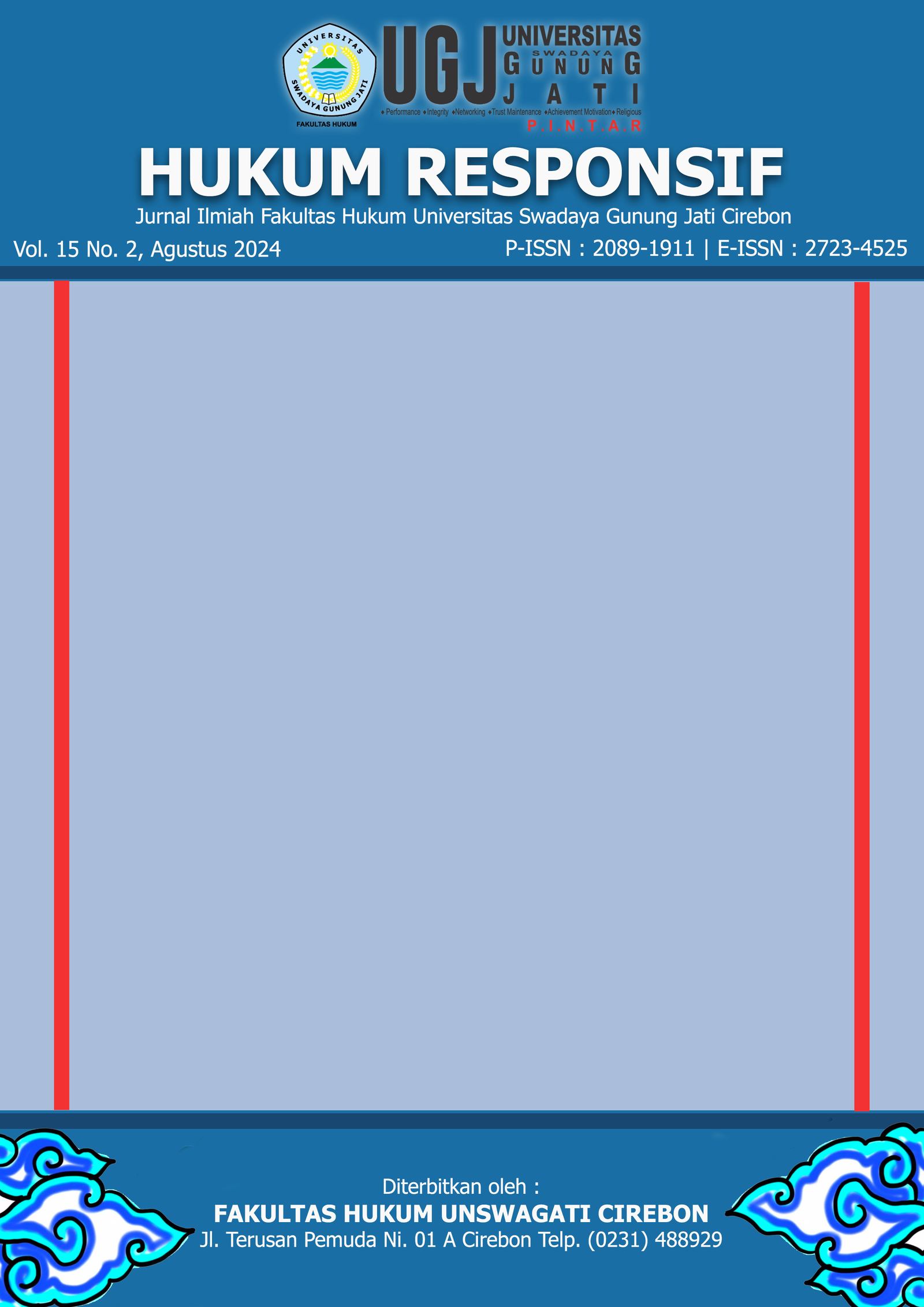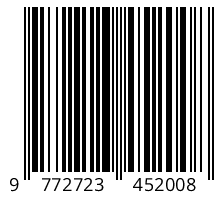APPLICATION OF DIVERSION OF BULLYING CRIMES AGAINST CHILDREN WITH DISABILITIES
DOI:
https://doi.org/10.33603/responsif.v15i2.9534Kata Kunci:
Child Crime, Diversion, Diversion at the Prosecution Level, Law Number 11 of 2012Abstrak
Children are an inseparable part of the growth of a nation. Law Number 35 of 2014 concerning Child Protection. Objectives of the study: 1. To find out how the diversion of crimes committed by children is applied at the prosecutor's level. 2. To find out the obstacles law enforcement faces against child violence. Bullying occurred on September 19, 2022, in Bojong Village, Susukan District, Cirebon Regency. Three high school teenagers bullied people with disabilities whose news had gone viral on social media. In this case, the perpetrator was a minor, committing acts of violence against a child with disabilities by mocking and kicking the victim. Individual law enforcement that is not strong will result in crimes or criminal acts that result in people committing criminal acts due to ineffective law enforcement. This study uses an empirical juridical method, which is carried out on facts or events related to the problems in this thesis, using qualitative descriptive where the data obtained from both library studies and interviews will be analyzed by explaining and explaining the results of the research object, then describing the results of the research in the form of mapping the problem after the process will conclude. Based on the research, it can be concluded that the procedural implementation of Diversion efforts at the Cirebon District Attorney's Office has been under Law Number 11 of 2012 concerning the Juvenile Criminal Justice System. However, it is not optimal in terms of substance. Of the 17 cases that entered the 2022-2023 period, 10 should have been able to be done, but only 5 cases were successfully pursued by the JPU. The inhibiting factors include weaknesses in Law No. 11 of 2012 SPPA and the community's mindset that considers settlement through Diversi detrimental to the victim.
Referensi
Dwi Putri S A et al. (2020). Analysis of Election Vote Counting Efficiency Using Quick Count, Real Count and Exit Poll Methods, Pulpit of Justice Volume 13 Number 2 August 2020 Dwi Putri Sartika Alamsyah Ade Monica Windyanti Dwiky Akbar Nugroho
Filzah Hulwani and Joko Setiono.(2019). The Role of Survey Institutions as a Form of Community Participation in the 2017 Jakarta Regional Elections, Gadjah Mada University, 2019 | Downloaded from http://etd.repository.ugm.ac.id/
NF Raissoevel. (2022). The Influence of Dynastic Politics on the Fulfillment of Citizens' Political Rights (Case Study of the 2020 Surakarta City Regional Head Election,https://repository.uinjkt.ac.id/dspace/handle/123456789/59283
Rangga Pradita. (2022). Quick Count Application in the Regent Election in Nganjuk Regency Generation Journal /Vol.6 No.1/ e-ISSN: 2549-2233 / p-ISSN: 2580-4952
Siti Faiqotul Ulya et al. (2018). Quick Count Prediction Analysis Using Stratified Random Sampling Method and Estimation of Confidence Interval Using Maximum Likelihood Method, UJM 7(1) 2018 UNNES Journal of Mathematics
Sholehudin Z. (2019). The urgency of the use of information technology in calculation and recapitulation. Suara. https://journal.kpu.go.id/index.php/ERE/article/view/135/44 accessed on January 30, 2021.
Unduhan
Diterbitkan
Terbitan
Bagian
Lisensi
Hak Cipta (c) 2024 Mamay Komariah, Abdul Haris, Ismayana

Artikel ini berlisensiCreative Commons Attribution-ShareAlike 4.0 International License.
The Authors submitting a manuscript do so on the understanding that if accepted for publication, copyright of the article shall be assigned to Jurnal HUKUM RESPONSIF, Fakultas Hukum Universitas Swadaya Gunung Jati. Universitas Swadaya Gunung Jati as publisher of the journal. Copyright encompasses rights to reproduce and deliver the article in all form and media, including reprints, photographs, microfilms, and any other similar reproductions, as well as translations.
Jurnal HUKUM RESPONSIF, Universitas Swadaya Gunung Jati and the Editors make every effort to ensure that no wrong or misleading data, opinions or statements be published in the journal. In any way, the contents of the articles and advertisements published in Jurnal HUKUM RESPONSIF the sole responsibility of their respective authors and advertisers.

















